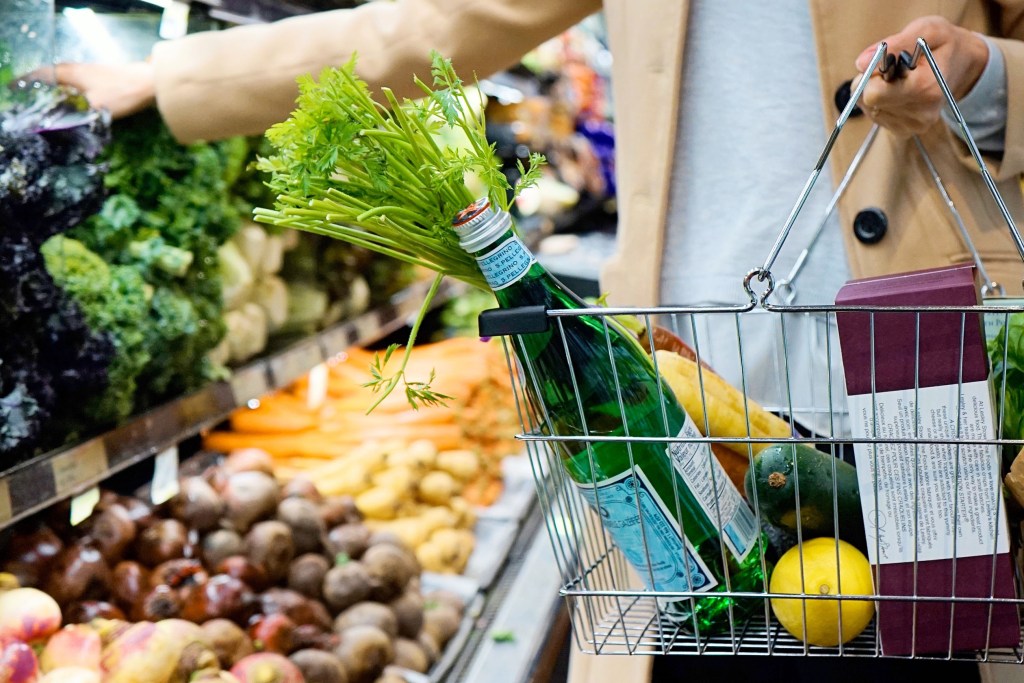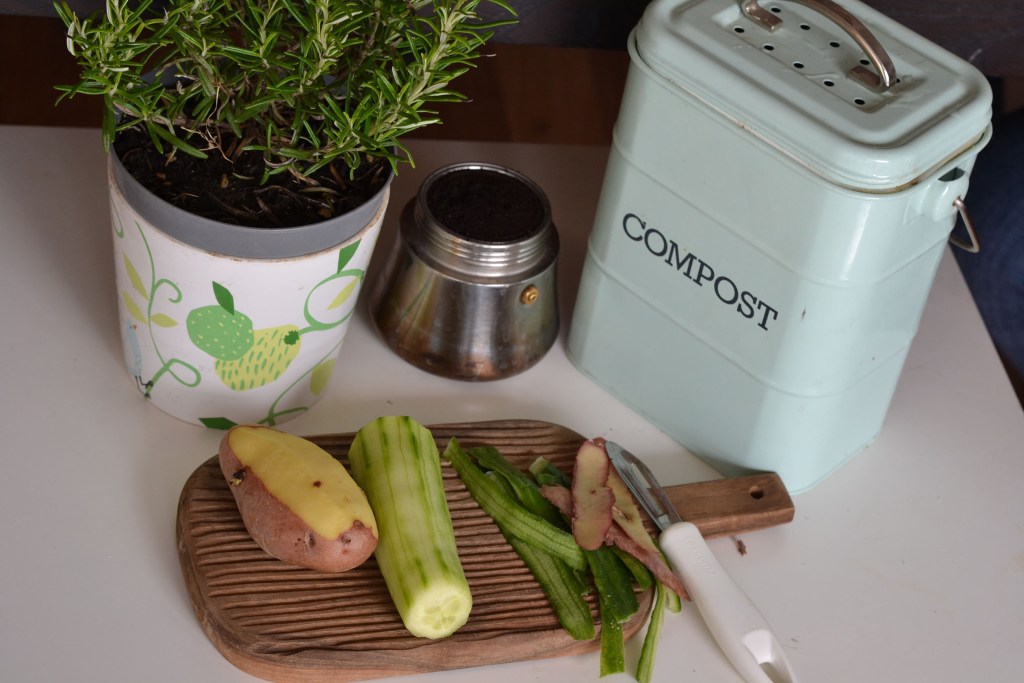Food waste is a massive problem in the United States, which ranks as the second most wasteful country in the world (after Australia). A whopping 43% of that wasted food comes from our homes. When we talk about this issue, though, it’s clear food isn’t the only thing that’s squandered; the labor, land, water, and energy used to produce, process, and then dispose of discarded food are also wasted. Wasting food in your home is also a drain on your bank account. So how can you save money and reduce the amount of food you throw out every week? Here are eight of the best ways to make food last longer.

Plan ahead and be mindful when grocery shopping
The best way to reduce food waste is by purchasing less and only getting what you need. Don’t just go on autopilot when you’re at the grocery store; instead, really be mindful about the food you will eat during the week. Start with a quick inventory of your fridge, freezer, and pantry to see what you already have on hand. Then, create a meal plan and determine what dishes you will be cooking, how many servings you’ll need, and what you will do with the leftovers. With this information, you can make your shopping list — and remember to stick to it when you’re in the store! Don’t be tempted by discounts or food cravings to spend money on food you won’t eat before it spoils.
Pro tip: Leave your credit and debit cards at home and pay with cash. The fear of not having enough money to pay at the register helps curb impulse buying.
Prepare perishables as soon as you can
When you get home from the supermarket, prepare your perishables right away. Wash and slice all your produce. Then, store them in clear food containers so you can easily find what you’re looking for. Pre-slicing your fruits and veggies makes it much easier to cook with or snack throughout the week. Plus, the time and energy you save by doing this can make all the difference between what food gets eaten and what sits in the fridge and rots.
Pro tip: Having veggies at the ready when you’re looking for something to munch on makes it easier to choose healthy snacks.
Store your food correctly
When you don’t store food properly, it loses its flavor and spoils much faster. As a rule of thumb, look to the spot where you picked up the item in the grocery store. If you found the product in the refrigerated section, stow it away in your fridge. For more specifics, use this helpful guide to determine where to put away common types of fruits and vegetables. For other perishables, use the FoodKeeper App. This resource allows you to search food by name or browse by category to learn about best storage practices.
Put older food in the front of the shelf
For another way to reduce food waste, look again to the practices of your supermarket. Most grocers use the first in, first out (FIFO) technique in which items with the earliest dates are put toward the front of the shelves and those with later dates are moved to the back. Use this method in your home to bring the older items to the forefront of your shelves (and your mind) and ensure you eat them before they go bad.

Find ways to use all the food you purchase
With a little creativity and planning, you can find a use for everything you buy, even the vegetable peels. So, before you toss out those scraps, consider some of these unique ideas for using every part of your food.
- Vegetable scraps can be used to make a delicious vegetable broth, and chicken or other meat bones can be used to create a bone broth
- Use stale bread to make homemade croutons or bread pudding
- Add fruit and veggie scraps into a smoothie
- Toast pumpkin and squash seeds for a healthy snack
- Use citrus peels for zest, tea, or DIY cleaning sprays
There are plenty of uses for every part of your food; don’t be afraid to think outside the box to come up with your own ways to transform food waste. And remember to eat all your leftovers too.
Revive food that’s past its prime
If your food is on the path to spoilage, there may still be hope. You can often refresh or find new uses for items that are past their primes. For example, you can put wilted lettuce in a bowl of ice water until it becomes crisp again. Or you can chop and freeze it to use later in smoothies. You can also freeze browning bananas or use them for baking banana bread. The freezer is the best tool for a waste-free kitchen. Foods that are on the way out and items you know you won’t eat before they go bad can be frozen for future use.

Learn about sell-by, best-by, and use-by dates
Many people do not understand expiration dates that are printed on food packaging and end up throwing out perfectly good food for fear that it could cause foodborne illness. These dates have different names, each with a slightly different meaning. A sell-by date tells the store how long it can offer the product for sale. A best-by date signifies when the product will be of the best quality. A use-by date indicates the last day the product will be at its highest quality. None of these dates are safety dates, except when used on infant formula. According to the USDA, many foods are still safe to eat after the date has passed as long as the item has been appropriately handled. Spoiled foods develop unpleasant odors, flavors, or textures because of bacterial growth. But if these signs are not evident, the item is likely safe to eat.
Compost your scraps
Even if you use every edible part of your food, you’ll still have waste leftover. What should you do with eggshells, fruit pits, peels, and similar refuse? Compost them! Composting puts your waste to good use instead of letting it fill landfills. If you have a backyard, consider installing a compost bin. Or collect your food scraps to bring to a local compost drop-off. Some areas even have compost collection services, which operate like garbage collection services. You can use Find a Composter to learn more about composting services in your area.
American consumers are some of the worst offenders when it comes to wasting food. With a little planning and ingenuity, you can start preventing food waste in your home. Focus on only buying what you need, using every part of your food, and properly disposing of the scraps when the time comes. Change your mindset about food and transform your kitchen into a waste-free wonderland.
BlissMark provides information regarding health, wellness, and beauty. The information within this article is not intended to be medical advice. Before starting any diet or exercise routine, consult your physician. If you don’t have a primary care physician, the United States Health & Human Services department has a free online tool that can help you locate a clinic in your area. We are not medical professionals, have not verified or vetted any programs, and in no way intend our content to be anything more than informative and inspiring.



